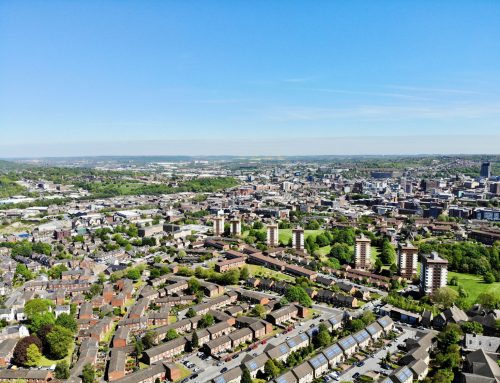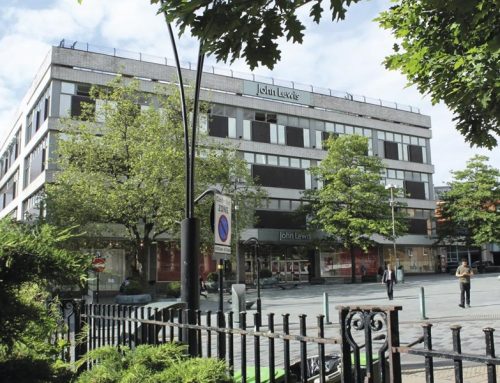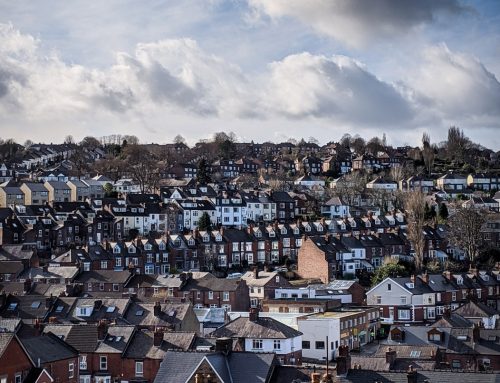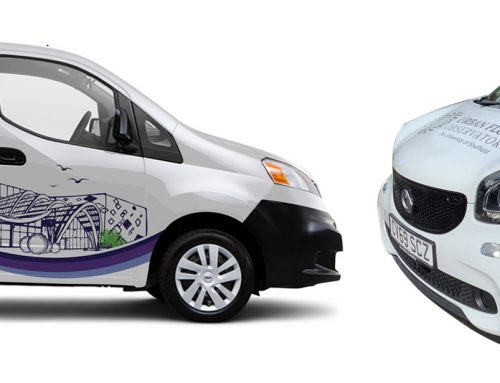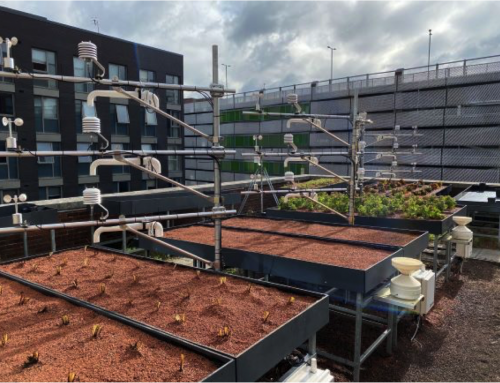Back in 2014 I spent a couple of terms lecturing at Makerere University in Kampala, the capital city of Uganda. It was an exciting time! Cycling to and from work, I became a little concerned about two things: car crashes and air pollution. I gave the two MSc students I was supervising projects to monitor these two dangers. At the time, no one was monitoring the air quality in the city at all. With no budget and only an $800/month salary, I bought the cheapest sensor I could find, the Shinyei PPD42NS particulate sensor. I didn’t have high expectations, but thought it would at least demonstrate relative changes across the city and over time.
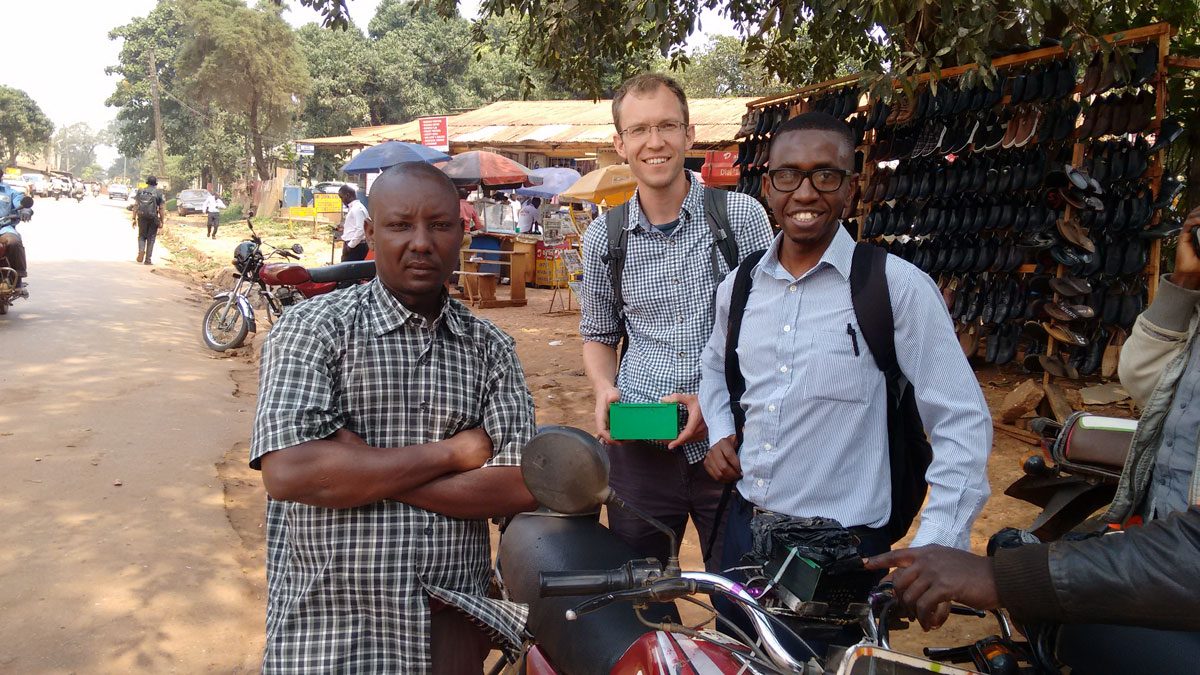
Image: From left to right: Ssekanjako John, the boda boda driver; Dr. Mike Smith; Professor Engineer Bainomugisha
Development of the Project
Since that single sensor, the project has grown. Professor Engineer Bainomugisha, Head of Computer Science at Makerere University, Uganda’s largest, was instrumental in continuing the project after I left. The Development Impact Lab at Berkeley (University of California) funded the initial investment of more sensors and Professor Bainomugisha recruited Joel Ssematimba. Joel did a fantastic job in putting together the hardware and solar-charging systems, writing the software for the arduinos and incrementally improving the design to handle the hot, dusty, humid conditions in the Kampala.
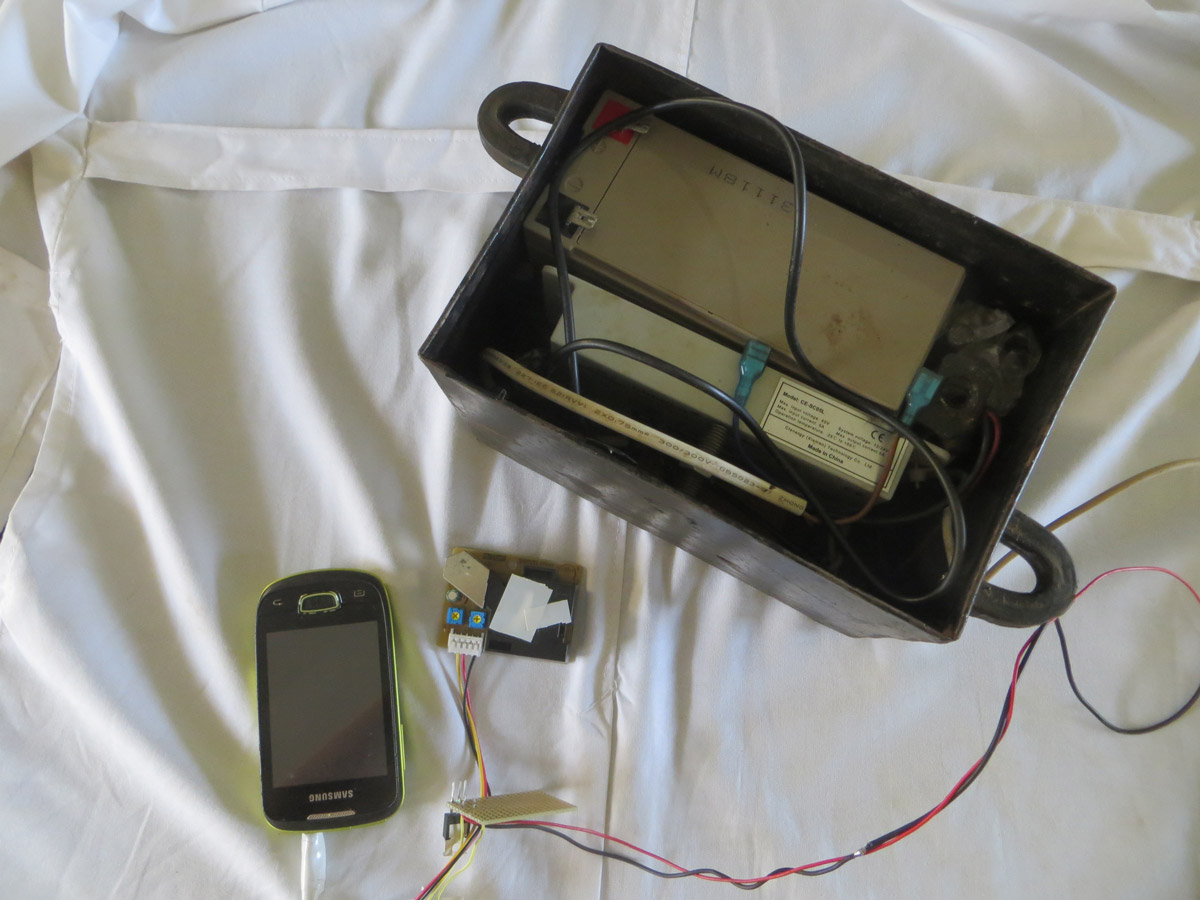
Image: The very first Kampala air pollution sensor.
Accuracy and Confidence in the Sensors
The low-cost particulate sensors typically depend on illuminating particles with a laser, assessing their size based on the scattered light and counting their different sizes. These sensors have considerable biases depending on the source of the pollution, humidity and contamination with dust, etc. I suspect that even combining several of these sensors won’t mitigate these issues, as they may all suffer the same bias. Importantly, one can’t guarantee that the output won’t be biased.
We need at least one good, trustworthy, well-maintained sensor to calibrate the low-cost units. However, it isn’t practical to visit each low-cost sensor to recalibrate, given we intend for there to be dozens of sensors across the city. Instead we have additional mobile sensors on motorbike taxis. These can visit the sensors continuously and travel into regions with a scarcity of monitoring units.
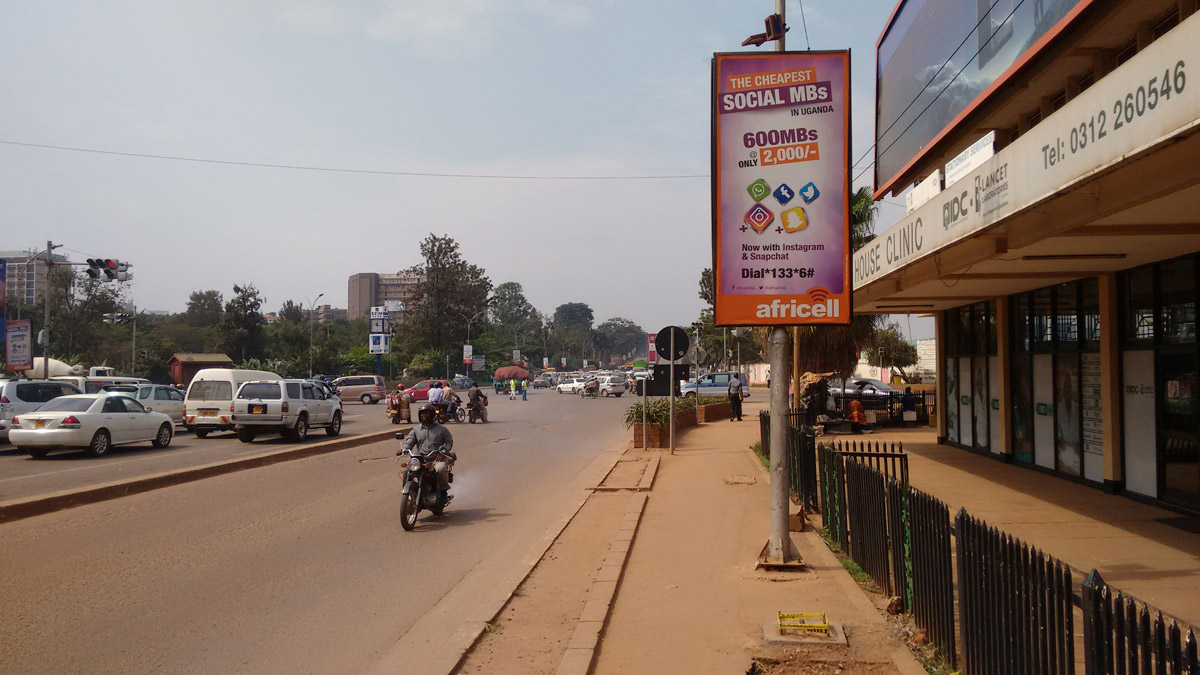
Image: Centre of Kampala, sensor is on top of the lamp-post above the advert. Also note the boda boda motorbike taxi.
We have developed a probabilistic model that allows us to combine the mobile sensors with the static sensors (both the low-cost ones and the high-quality reference instruments), which I’ll discuss in a future blog post. This model also allows us to express our confidence in a particular prediction and can also take into account the confidence we have in our calibrations.
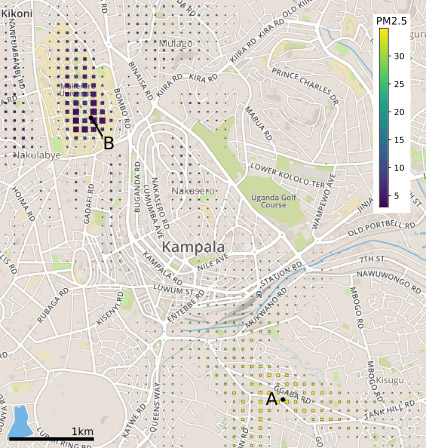
Image: The model predictions including its uncertainty – the bigger the squares the more confident the model is in its predictions.
The Involvement of the Urban Flows Observatory
This whole network of hardware, electronics, software and mathematics requires considerable support from multiple disciplines. Vital to all this has been the involvement of the Urban Flows Observatory. Through the Observatory, we have been able to gain access to high quality reference instruments, access expertise from multiple research groups and can now roll-out both the hardware system and the real-time probabilistic modelling framework in Sheffield. The Observatory allows us to compare the method between cities and provides long-term support for the network that would typically not be available through a standard research grant.
In future blog posts I’ll discuss the live feed from the model and the model itself.
Author: Mike Smith, Post-Doctoral Research Associate at The University of Sheffield

